Find Help
More Items From Ergsy search
-
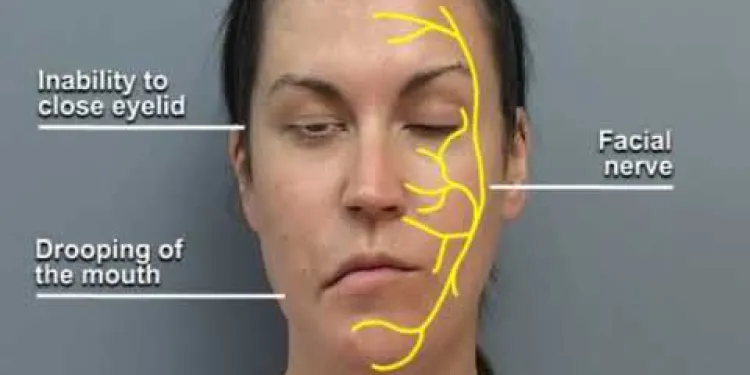
Understanding Facial Palsy
Relevance: 100%
-
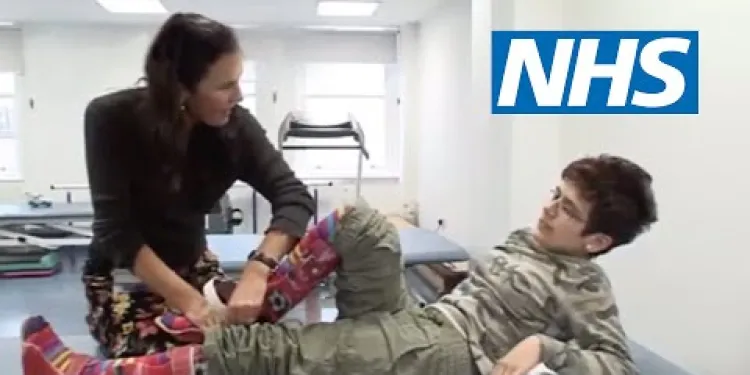
Cerebral palsy | NHS
Relevance: 53%
-

Facial exercise programme
Relevance: 47%
-

Can Botox be used for treating conditions other than wrinkles?
Relevance: 21%
-
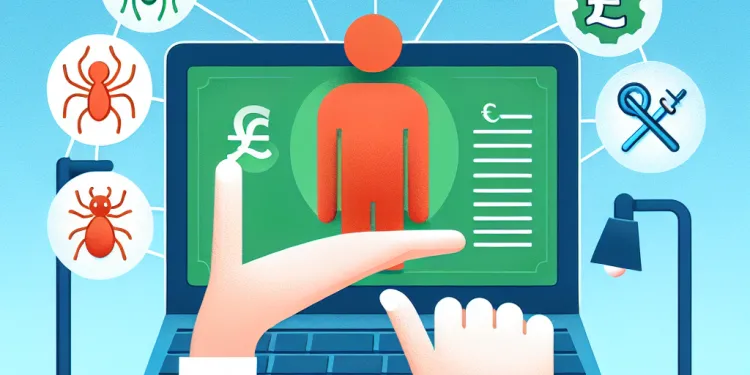
What are common symptoms of Lyme disease?
Relevance: 20%
-

What are the common uses of Botox?
Relevance: 19%
-

Should I use a different SPF for my face and body?
Relevance: 19%
-

What happens if Lyme disease is left untreated?
Relevance: 17%
-
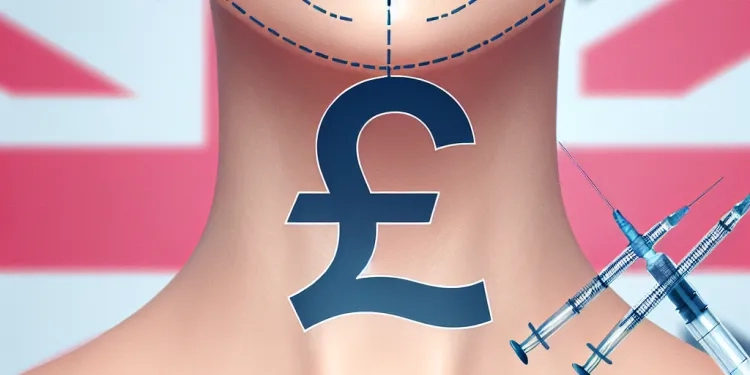
What areas can be treated with Botox?
Relevance: 16%
-

Are there any complications associated with shingles?
Relevance: 14%
-
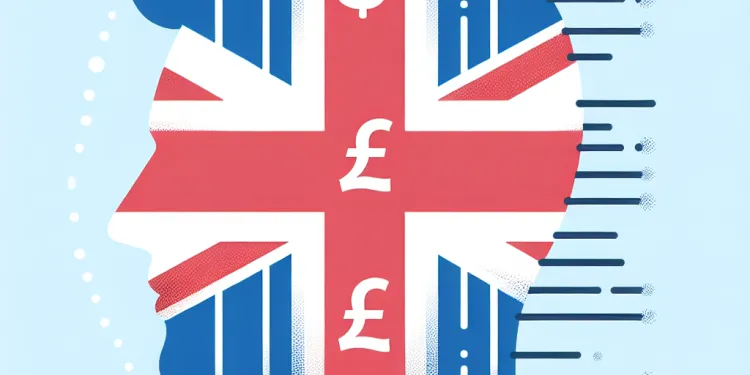
Who is an ideal candidate for a facelift?
Relevance: 13%
-

What are the common side effects after a facelift?
Relevance: 12%
-

What precautions should I take before getting Botox?
Relevance: 12%
-

What is Botox used for?
Relevance: 11%
-
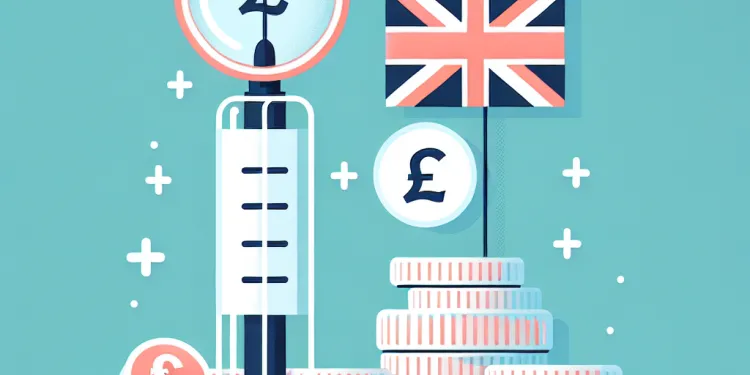
How soon will I see results from Botox?
Relevance: 11%
-

What is Lyme Disease?
Relevance: 11%
-
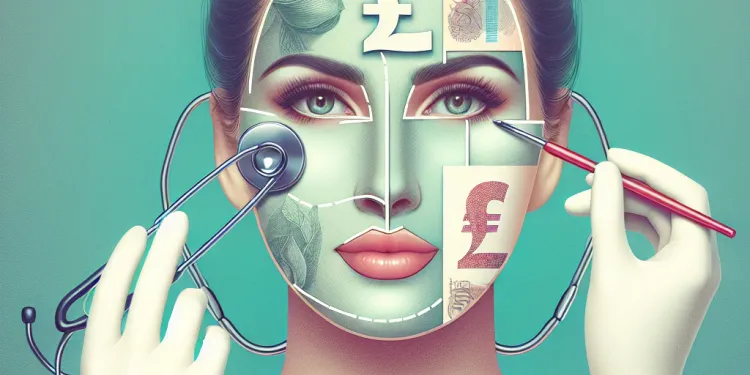
Can a facelift be combined with other procedures?
Relevance: 11%
-

What is a Facelift?
Relevance: 11%
-

What is a mini facelift?
Relevance: 11%
-

How long do the effects of Botox last?
Relevance: 11%
-

Is Botox safe?
Relevance: 10%
-
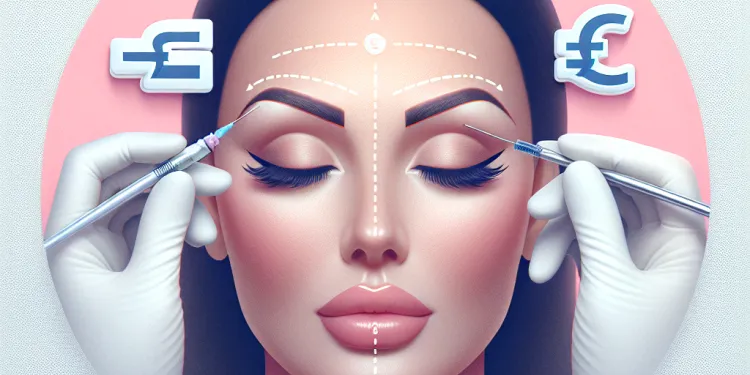
Can Botox lift my eyebrows?
Relevance: 10%
-

What should I do if I experience side effects after a Botox injection?
Relevance: 10%
-
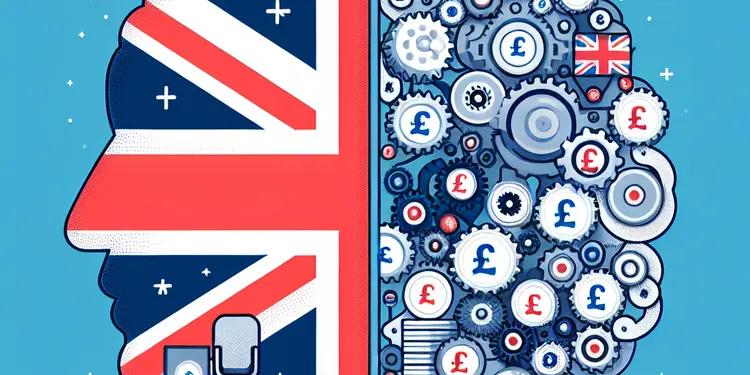
Are there different types of motor neurone disease?
Relevance: 10%
-

How long has Botox been used in medicine?
Relevance: 10%
-
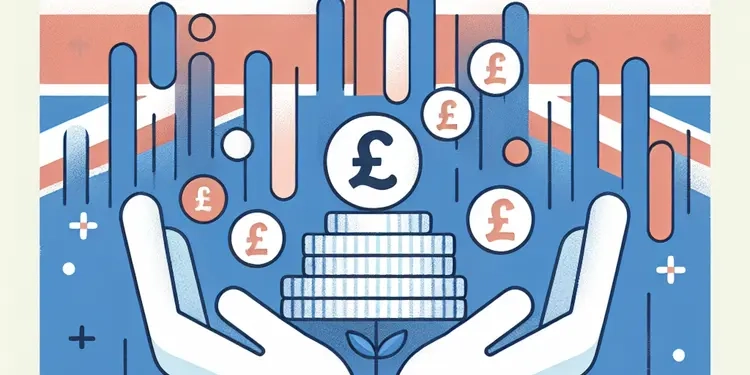
What is motor neurone disease?
Relevance: 9%
-

Who can benefit from mobility equipment?
Relevance: 9%
-

Who can administer Botox?
Relevance: 9%
-

What is the recovery time for a facelift?
Relevance: 9%
-

Will I have visible scars after a facelift?
Relevance: 9%
-
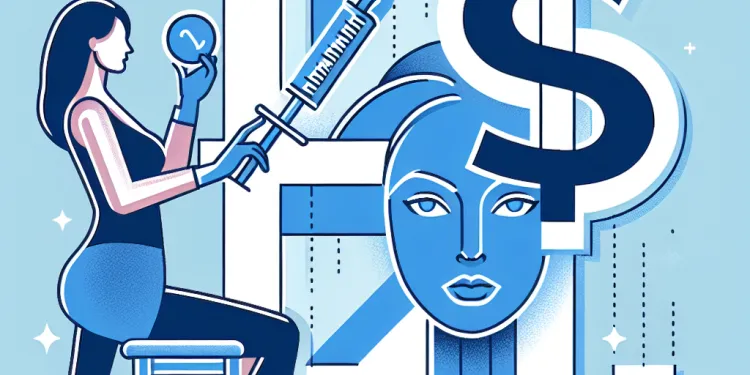
What are the side effects of Botox?
Relevance: 9%
-

What is Botox?
Relevance: 8%
-
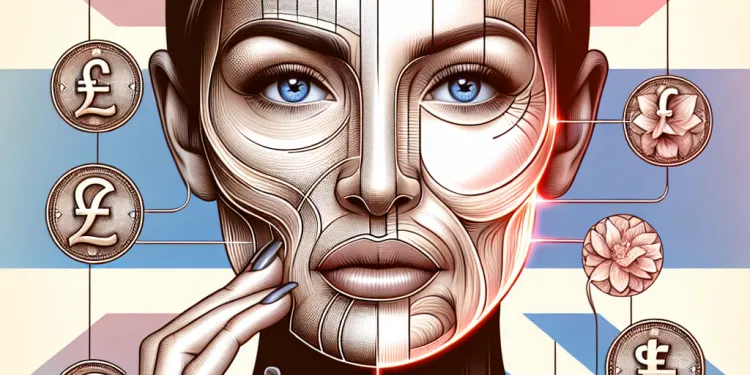
Will a facelift remove all my wrinkles?
Relevance: 8%
-

Are there any complications associated with shingles?
Relevance: 8%
-

How does Botox work?
Relevance: 8%
-
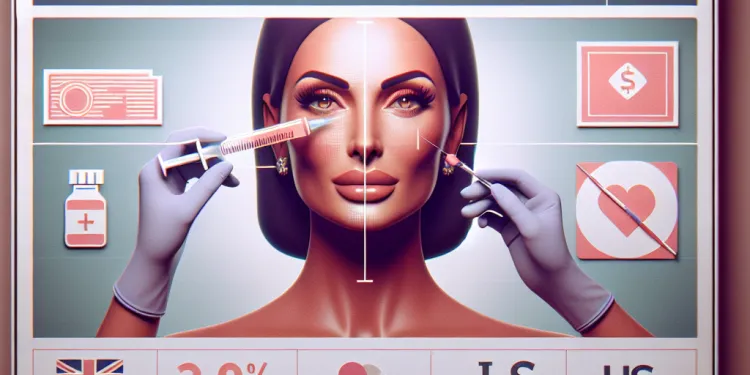
Does Botox hurt?
Relevance: 8%
-
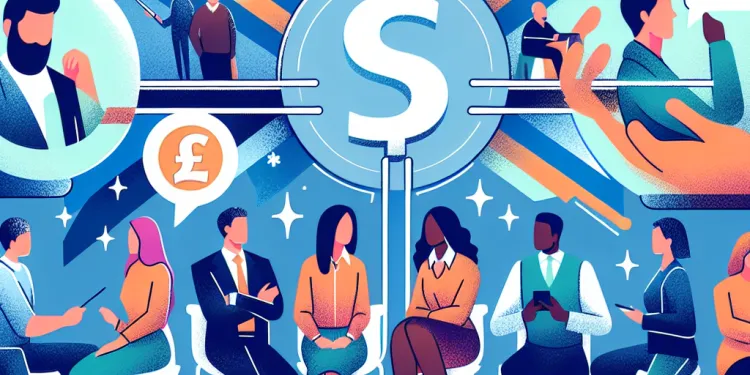
How does autism affect communication?
Relevance: 8%
-

FASD Foetal alcohol
Relevance: 8%
-
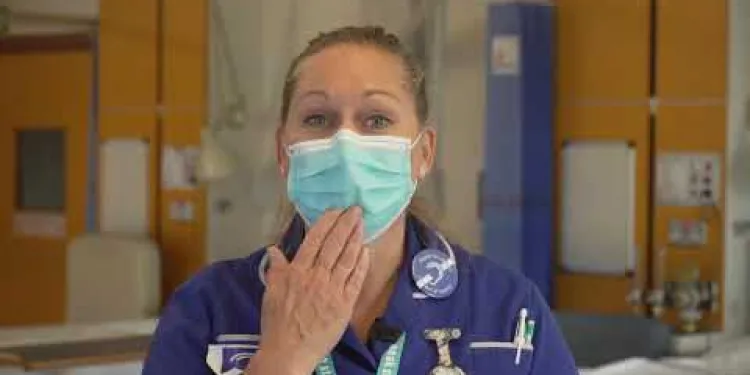
How to help deaf and hearing impaired patients and staff through Covid
Relevance: 7%
-

What are the side effects of Aspirin?
Relevance: 7%
Understanding Facial Palsy
What is Facial Palsy?
Facial Palsy, often referred to as facial paralysis, is a condition characterized by the loss of voluntary muscle movement in the face. This can result in a drooping appearance and can affect various functions such as blinking, smiling, and even eating. Facial Palsy can be temporary or permanent, depending on the underlying cause.
Causes of Facial Palsy
There are several reasons why someone might develop facial palsy. The most common cause is Bell's palsy, a sudden, temporary weakness or paralysis of the facial muscles. Other possible causes include stroke, brain tumors, Lyme disease, and trauma to the facial nerve. In the UK, Bell's palsy is a relatively common condition, with around 20 cases per 100,000 people each year.
Symptoms of Facial Palsy
Symptoms can vary but often include sudden weakness or paralysis on one side of the face, drooping of the mouth or eyelid, difficulty making facial expressions, and loss of taste on the front two-thirds of the tongue. Some people may also experience pain or discomfort around the jaw or behind the ear on the affected side.
Treatment Options
Treatment for facial palsy depends on the underlying cause. In cases of Bell's palsy, treatment may involve corticosteroids to reduce inflammation, antiviral medication, and physical therapy to help regain muscle movement. For facial palsy caused by a stroke or other medical conditions, addressing the root cause is essential. Early intervention and therapy can significantly improve the prognosis.
Living with Facial Palsy
Coping with facial palsy can be challenging for patients and their families. Support groups and counseling can offer emotional support and practical advice. In the UK, organisations such as Facial Palsy UK provide resources and support for those affected. It is also beneficial to work with healthcare professionals to develop a comprehensive rehabilitation plan to manage symptoms and improve quality of life.
Understanding Facial Palsy
What is Facial Palsy?
Facial Palsy is when you cannot move the muscles in your face. This means your face might look like it is drooping. It can make it hard to blink, smile, or eat. Sometimes it goes away, and sometimes it does not. It depends on why it happened.
Causes of Facial Palsy
There are different reasons why Facial Palsy happens. The most common reason is called Bell's Palsy. This happens suddenly and makes the face weak for a while. Other causes include a stroke, brain jobs, Lyme disease, or an injury to the face. In the UK, about 20 out of 100,000 people get Bell's Palsy each year.
Symptoms of Facial Palsy
Symptoms can be different for everyone. Common signs are sudden weakness on one side of the face, a drooping mouth or eyelid, and difficulty making facial expressions. Some people cannot taste food properly on part of their tongue. Others might feel pain around the jaw or behind the ear.
Treatment Options
Treatment depends on what is causing it. For Bell's Palsy, doctors might give medicine to reduce swelling and help the face move again. They might also suggest exercises for the face. If a stroke or something else caused it, treating that problem is very important. Getting help early can make a big difference.
Living with Facial Palsy
Living with Facial Palsy can be hard for you and your family. Finding support can help. In the UK, groups like Facial Palsy UK offer help and advice. Working with doctors to make a plan can help manage the symptoms and improve life quality. Support groups and counseling are ways to get emotional and practical support.
Frequently Asked Questions
What is facial palsy?
Facial palsy is a condition where there is weakness or paralysis of the muscles in the face, typically due to nerve damage.
What causes facial palsy?
Facial palsy can be caused by a variety of factors including viral infections, head trauma, strokes, and certain medical conditions like Bell's palsy or Lyme disease.
What is Bell’s palsy?
Bell’s palsy is a type of facial palsy that results from inflammation of the facial nerve, leading to sudden temporary weakness or paralysis of the facial muscles.
How common is facial palsy in the UK?
Facial palsy, including Bell’s palsy, affects about 1 in 5,000 people in the UK each year.
What are the symptoms of facial palsy?
Symptoms of facial palsy include drooping of one side of the face, difficulty closing the eye, loss of facial expression, drooling, and changes in taste.
Is facial palsy a permanent condition?
The prognosis for facial palsy varies. Some individuals recover completely, while others may experience long-term or permanent effects depending on the cause and severity.
How is facial palsy diagnosed?
Diagnosis typically involves a physical examination of the facial muscles, medical history review, and sometimes imaging tests like MRI or CT scans.
Can children get facial palsy?
Yes, children can also develop facial palsy, though it is less common than in adults.
What treatments are available for facial palsy?
Treatment options may include medications, physical therapy, facial exercises, and in some cases, surgery, depending on the underlying cause.
Are there any support groups for people with facial palsy in the UK?
Yes, there are several support groups and organisations such as Facial Palsy UK that provide resources and support for individuals affected by facial palsy.
Can facial palsy be prevented?
While not all cases can be prevented, reducing risk factors such as controlling hypertension and avoiding infections that affect the facial nerve may help in some cases.
What should I do if I think I have facial palsy?
If you experience symptoms of facial palsy, it is important to seek medical attention promptly for proper diagnosis and treatment.
How long does recovery from facial palsy take?
Recovery time varies; some individuals begin to improve within weeks, while others may take several months or longer to recover fully.
Can stress cause facial palsy?
Stress alone is not a direct cause of facial palsy, but it can be a contributing factor in conditions like Bell’s palsy.
What lifestyle changes can help manage facial palsy symptoms?
Maintaining a healthy diet, managing stress, regular physical therapy, and avoiding smoking can help manage symptoms and improve recovery.
What is facial palsy?
Facial palsy is when muscles in your face are weak or not moving well. It can make one side of your face look different.
Some people with facial palsy find it hard to smile or close one eye.
If you have questions, ask a doctor or someone you trust for help.
Using pictures and talking to people can help you understand more.
Facial palsy is when the muscles in your face become weak or can’t move because the nerves are hurt or damaged.
What makes facial palsy happen?
Facial palsy means one side of the face doesn't move well.
Here are some things that can cause facial palsy:
- Being sick with a cold or virus.
- An injury to the head or face.
- Having a stroke.
- Problems with the nerves in your face.
If you want to know more or need help, it's good to talk to a doctor.
Different things can cause facial palsy. It can happen because of virus infections, hurting your head, a stroke, or some illnesses like Bell's palsy or Lyme disease.
What is Bell’s palsy?
Bell's palsy is a health problem. It makes the muscles on one side of your face weak or droop. It can happen suddenly, and most people get better in a few weeks.
Here’s how you can learn more and get help:
- Ask a grown-up to watch a video with you about Bell’s palsy.
- Look at pictures that show faces with Bell’s palsy.
- Talk to a doctor or nurse if you have questions.
Remember, it’s okay to ask for help if you don’t understand something!
Bell's palsy makes the face muscles weak. It happens because the nerve in your face gets swollen. This can make one side of your face droop or look different for a short time.
How often do people in the UK get facial palsy?
Facial palsy is when you can't move some parts of your face. This can happen to anyone. In the UK, about 1 in 60 people may have facial palsy.
If it's hard to understand, try these tips:
- Ask someone to explain it to you.
- Use pictures or diagrams to help.
- Watch videos about facial palsy.
Facial palsy is when your face muscles don't work properly. Bell's palsy is a type of facial palsy. In the UK, every year, about 1 out of every 5,000 people get facial palsy.
If you find reading hard, here are some tips that might help:
- Read slowly and calmly.
- Use your finger to follow the words.
- Ask someone to read out loud with you.
- Try using audiobook support or text-to-speech on your device.
What are the signs of facial palsy?
Facial palsy means your face muscles are weak or droopy. Here are some signs you might notice:
- Your face might look uneven or one side might not move like the other.
- You might have trouble smiling, or closing your eye on one side.
- Sometimes, your face might feel numb or tingly.
If you think you have these signs, it's good to talk to a doctor. They can help you feel better.
Signs of facial palsy are:
- One side of the face drops down.
- It's hard to close one eye.
- You can't make the usual faces.
- Some people drool.
- Things might taste different.
Using pictures and short videos can help understand these signs better.
Does facial palsy last forever?
How well someone gets better after having facial palsy can be different. Some people get all better, but others might have problems that last a long time or don't go away. This depends on why they got facial palsy and how bad it is.
How do doctors find out if someone has facial palsy?
The doctor will check your face and muscles. They will ask about your past health. Sometimes, they will use special pictures, like MRI or CT scans, to look inside your body.
Can kids get face palsy?
Yes, some kids can get face palsy. Face palsy means the face muscles are weak or don’t work right.
If a child has face palsy, one side of their face might look different or not move the same as the other side.
It is important to talk to a doctor if you think a child has face palsy.
Pictures, simple words, and talking with a helper can make it easier to understand.
Yes, kids can get facial palsy too, but it doesn't happen as much as with grown-ups.
What are the treatments for facial palsy?
Facial palsy means part of your face is weak or can't move.
There are ways to help:
- Exercises: Simple face exercises can make muscles stronger.
- Medicine: Some medicines may help make the face better.
- Surgery: Doctors might do an operation if needed.
- Therapy: Talking with a therapist can help.
Friends and family can help you feel better.
If you need help, ask a doctor or nurse. They will know what to do.
Ways to help can be medicines, doing special exercises, moving your face in certain ways, and sometimes an operation. What you need depends on what is causing the problem.
Can people with facial palsy in the UK join support groups?
People with facial palsy in the UK can join support groups. Support groups are places where people help each other.
To find a group, you can:
- Look online for "facial palsy support UK".
- Ask a doctor or nurse for help.
- Join online forums or Facebook groups about facial palsy.
Talking to others can help you feel better and learn new things.
Yes, there are groups that can help. One group is called Facial Palsy UK. They have resources and support for people with facial palsy.
Can we stop facial palsy from happening?
Not all problems like this can be stopped. But, we can try to make it happen less often. We can do this by keeping our blood pressure healthy and staying away from infections that can hurt the face. This might help sometimes.
Here are some tools and tips that can help:
- Get regular check-ups with the doctor.
- Take your medicine as the doctor says.
- Wash your hands well to stop germs.
What to Do If You Think You Have Facial Palsy
If your face feels weak or looks different, you might have facial palsy. Here are some steps you can take:
- Tell a grown-up you trust. They can help you.
- Visit a doctor. The doctor can check your face and tell you what to do next.
- Take a notebook. You can write down how you feel and what the doctor says.
- Draw a picture of your face. This can help show how your face looks.
Remember, it's important to get help. You are not alone.
If your face feels weak or can't move, it is important to see a doctor quickly. The doctor can help you find out what's wrong and how to make it better.
How long does it take to get better from facial palsy?
Getting better can take different times for different people. Some people start to feel better in a few weeks. Others might need a few months or even more time to feel all better.
Can stress make your face stop moving properly?
Stress does not directly cause problems with the face muscles, but it can make conditions like Bell’s palsy worse.
How can I change my daily habits to help with face problems?
Eating good food, staying calm, doing exercises, and not smoking can help you feel better and get healthy faster.
Useful Links
- Ergsy carfully checks the information in the videos we provide here.
- Videos shown by Youtube after a video has completed, have NOT been reviewed by ERGSY.
- To view, click the arrow in centre of video.
- Most of the videos you find here will have subtitles and/or closed captions available.
- You may need to turn these on, and choose your preferred language.
- Go to the video you'd like to watch.
- If closed captions (CC) are available, settings will be visible on the bottom right of the video player.
- To turn on Captions, click settings .
- To turn off Captions, click settings again.
More Items From Ergsy search
-

Understanding Facial Palsy
Relevance: 100%
-

Cerebral palsy | NHS
Relevance: 53%
-

Facial exercise programme
Relevance: 47%
-

Can Botox be used for treating conditions other than wrinkles?
Relevance: 21%
-

What are common symptoms of Lyme disease?
Relevance: 20%
-

What are the common uses of Botox?
Relevance: 19%
-

Should I use a different SPF for my face and body?
Relevance: 19%
-

What happens if Lyme disease is left untreated?
Relevance: 17%
-

What areas can be treated with Botox?
Relevance: 16%
-

Are there any complications associated with shingles?
Relevance: 14%
-

Who is an ideal candidate for a facelift?
Relevance: 13%
-

What are the common side effects after a facelift?
Relevance: 12%
-

What precautions should I take before getting Botox?
Relevance: 12%
-

What is Botox used for?
Relevance: 11%
-

How soon will I see results from Botox?
Relevance: 11%
-

What is Lyme Disease?
Relevance: 11%
-

Can a facelift be combined with other procedures?
Relevance: 11%
-

What is a Facelift?
Relevance: 11%
-

What is a mini facelift?
Relevance: 11%
-

How long do the effects of Botox last?
Relevance: 11%
-

Is Botox safe?
Relevance: 10%
-

Can Botox lift my eyebrows?
Relevance: 10%
-

What should I do if I experience side effects after a Botox injection?
Relevance: 10%
-

Are there different types of motor neurone disease?
Relevance: 10%
-

How long has Botox been used in medicine?
Relevance: 10%
-

What is motor neurone disease?
Relevance: 9%
-

Who can benefit from mobility equipment?
Relevance: 9%
-

Who can administer Botox?
Relevance: 9%
-

What is the recovery time for a facelift?
Relevance: 9%
-

Will I have visible scars after a facelift?
Relevance: 9%
-

What are the side effects of Botox?
Relevance: 9%
-

What is Botox?
Relevance: 8%
-

Will a facelift remove all my wrinkles?
Relevance: 8%
-

Are there any complications associated with shingles?
Relevance: 8%
-

How does Botox work?
Relevance: 8%
-

Does Botox hurt?
Relevance: 8%
-

How does autism affect communication?
Relevance: 8%
-

FASD Foetal alcohol
Relevance: 8%
-

How to help deaf and hearing impaired patients and staff through Covid
Relevance: 7%
-

What are the side effects of Aspirin?
Relevance: 7%


